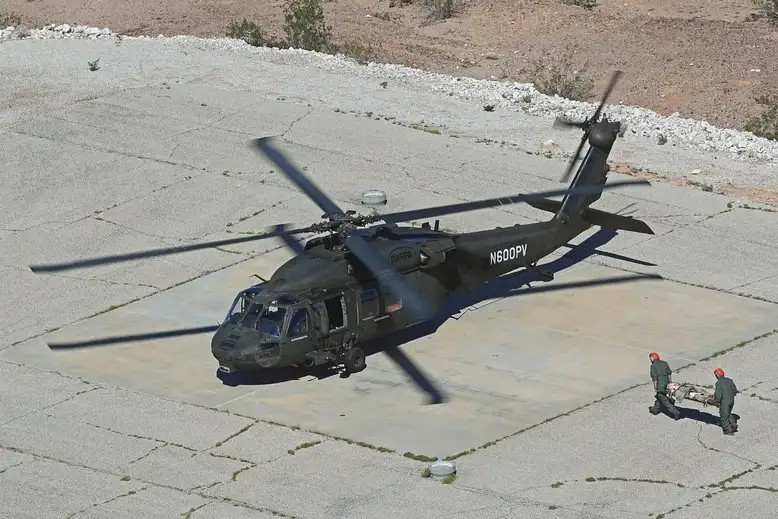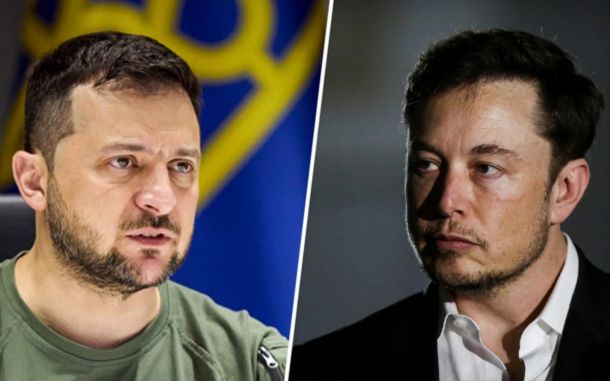Military helicopter without a pilot completes 134 kilometers of a test mission

In a simulated mission, a retrofitted Black Hawk helicopter delivered blood supplies while flying by itself between mountains. Additionally, it took up a fictitious medical casualty.
A 134-kilometer test flight to carry blood supplies was conducted by a US military helicopter that was totally controlled by a flight computer while flying low and quickly across a valley.
In a different test flight, it was demonstrated that the autonomous Black Hawk chopper could pick up a mannequin used to represent a wounded soldier as well as more than one metric ton of goods hung beneath its belly. The flight displays happened during a training session in October.
“It’s a truly autonomous system,” said Igor Cherepinsky at Sikorsky Innovations, the aircraft manufacturer that produces the Black Hawk, at a press conference. “Once you explain what the mission is, you don’t even need a data link – the aircraft makes all the decisions.”
This was the most recent achievement in the ALIAS program, run by the US Defense Advanced Research Projects Agency, which is testing Sikorsky’s MATRIX technology, a drop-in kit that can turn helicopters into autonomous aircraft. In February, the first shorter human-free flight experiments were conducted.

“I think it’s a significant jump from the prior exercises and experiments where there was still a pilot onboard,” says Stacie Pettyjohn at the Center for New American Security, a national security think tank in Washington, D.C. “Eighty miles is a pretty significant distance.”
The Black Hawk chopper was used during a recent Army drill to transport 227 kilos (500 pounds) of both fake and actual blood. The helicopter used onboard sensors to avoid colliding with anything as it traveled between mountains at a speed of 185 km/h (115 mph), flying as low as 200 feet above the earth. “We are a self-flying car, if you will,” Cherepinsky explained. “We utilize lidar and cameras.”
In a different flight test, the helicopter took off while carrying a metric ton of cargo on a 12-meter (40-foot) sling and flew toward a predetermined landing area. During that trip, Sikorsky demonstrated how a human operator on the ground might instruct an unmanned helicopter to drop its sling load and divert to pick up a dummy war casualty using a touchscreen interface.
The automated Black Hawks could avoid some of the issues that have previously involved autonomous military vehicles that are armed. However, even unarmed autonomous aircraft run the risk of causing harm or damage to humans on the ground if something goes wrong, according to Pettyjohn.
Potentially, resupply trips might be carried out by drone versions of Black Hawks and other military aircraft without endangering the lives of human pilots. However, the MATRIX kit upgrade may also allow airplanes to continue operating on their own on less hazardous missions while their human pilots are taking a break.
“There is potentially tremendous value in doing these softer missions that are not necessarily at the pointy end of the spear,” says Pettyjohn.





Leave a Reply
You must be logged in to post a comment.